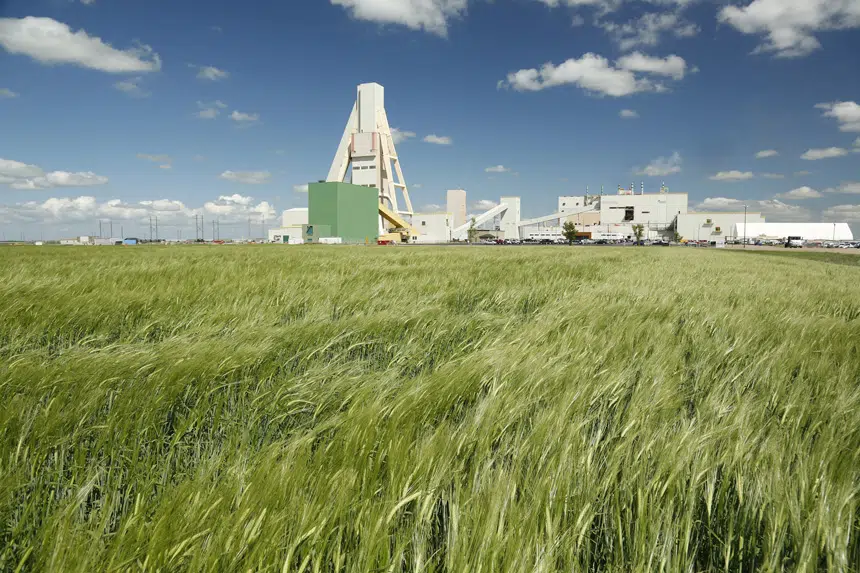Saskatchewan’s potash sector, the largest in the world, is scaling up production in response to global concerns around food security.
According to the Saskatchewan government, sanctions on Russia and Belarus — two large producers of the essential fertilizer — have left gaps in the market for potash that Saskatchewan companies are quickly moving to fill.
“Global interest in Saskatchewan is at an all-time high as countries look to us as an ethical and reliable producer for their resource needs,” Energy and Resources Minister Jim Reiter said in a media release.
Mosaic, K+S and Nutrien have all announced production increases at their facilities in the province, with Nutrien planning to increase its production by five million tonnes by 2025 and Mosaic aiming to ramp up by 1.5 million tonnes by the second half of 2023.
Nutrien CEO Ken Seitz said that’s just the start.
“In addition to increasing potash production by more than two million tonnes since 2020, Nutrien will invest in the province of Saskatchewan to accelerate potash production capability to 18 million tonnes by 2025, and continue evaluating a pathway to 23 million tonnes,” Seitz said in a statement.
BHP is aiming to speed up the opening of its Jansen mine project, located about 140 kilometres east of Saskatoon. The Jansen mine is “planned to be the largest potash producing mine in the world,” according to BHP.
A number of other companies also have potash projects at different stages of development in Saskatchewan, the provincial government noted.
The provincial potash sector accounts for about 30 per cent of global production and about 11 per cent of Saskatchewan’s GDP. According to the provincial government, roughly 6,000 people are directly and indirectly employed in the industry.











